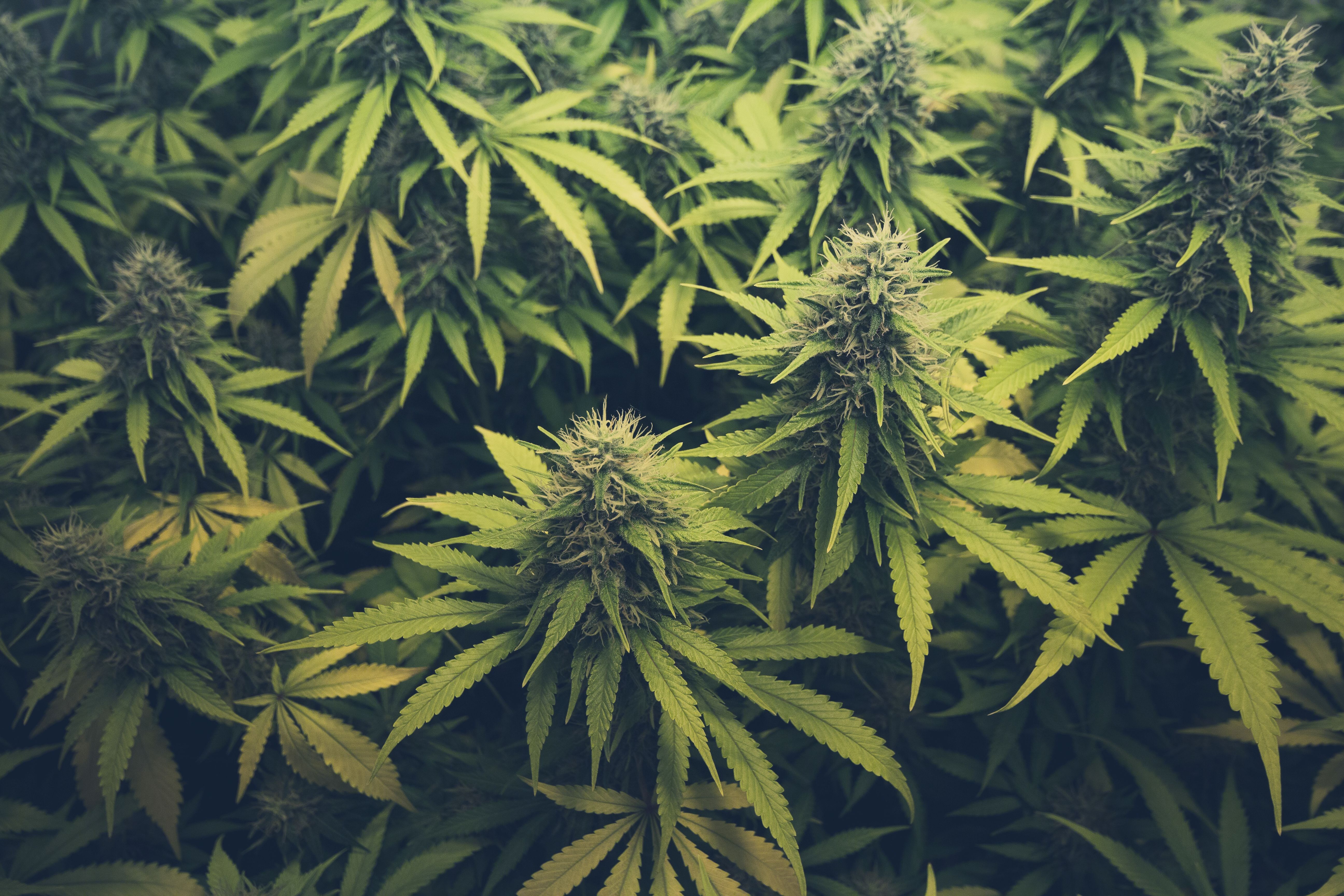New Method Determines Gas-Polydimethylsiloxane Distribution Constants of Key Cannabis Terpenes and Terpenoids
A new method determines gas-polydimethylsiloxane (PDMS) distribution constants of key Cannabis terpenes and terpenoids, providing insights into their behavior and for optimizing SPME methods for analysis of these compounds.
A research study published in the Journal of Chromatography A presents a new method for determining the gas-polydimethylsiloxane (PDMS) distribution constants of major Cannabis terpenes and terpenoids (1). The study, conducted by Nicolás Ronco and Cecilia Castells from Universidad Nacional de La Plata, Argentina, provides insights into the behavior of these aromatic compounds and their interaction with PDMS, a commonly used solid-phase micro-extraction (SPME) liquid phase. Final analysis of Cannabis terpenes and terpenoids is accomplished using headspace coupled to solid-phase microextraction (HS-SPME) and the resulting samples are injected into a gas chromatograph (GC).
cannabis bud / marihuana plants | Image Credit: © hanohiki - stock.adobe.com

HS-SPME is a green and efficient technique used for sample preparation in chromatographic analysis. The extraction process consists of two equilibrium stages: the distribution of analytes between the sample matrix and the headspace and the subsequent distribution between the headspace and the fiber coating. A small fiber coated with a stationary phase is inserted into the headspace, where it adsorbs and collects the target analytes. The fiber is then desorbed in the injection port of a gas chromatograph, releasing the analytes for separation and detection. HS-SPME offers advantages such as simplicity, low solvent consumption, and the ability to extract volatile compounds without direct contact with the sample matrix, making it widely used in various fields, including environmental analysis, food and beverage analysis, and forensic sciences. The determination of distribution constants facilitates the understanding of these equilibria and provides essential parameters for optimizing HS-SPME methods.
PDMS distribution constants represent the equilibrium partitioning of compounds between the gas phase and the PDMS phase in SPME techniques. These constants provide information on the affinity of different analytes towards the PDMS coating. They are determined by measuring the concentration of analytes in the gas phase and the PDMS phase and calculating the ratio between them. The distribution constants can be influenced by factors such as temperature and the chemical properties of the analytes and PDMS. Understanding these constants is crucial for optimizing SPME methods, selecting appropriate fiber types, and estimating extraction efficiencies in various applications.
Terpenes and terpenoids are responsible for the distinctive aroma of Cannabis and play a significant role in its interaction with the environment. Analyzing these compounds is crucial for quality control and product characterization. The researchers employed capillary gas-liquid chromatography and four capillary columns for monoterpenes and five columns for sesquiterpenes to determine the distribution constants at different temperatures ranging from 303.15 K to 343.15 K.
By obtaining van't Hoff regressions, the researchers were able to estimate the distribution constants at 298.15 K and compare them with existing experimental or estimated values. The results showed excellent agreement, validating the accuracy of the method. The simplicity and robustness of the chromatographic approach make it an efficient tool for determining distribution constants.
The obtained data are valuable for selecting the appropriate SPME fiber type and dimensions, estimating extraction efficiencies, and developing prediction models. These constants enable researchers to understand the behavior of terpenes and terpenoids and improve extraction techniques for accurate analysis. Moreover, the findings contribute to the validation of prediction models used in various applications involving Cannabis terpenes and terpenoids.
The newly developed method expands our knowledge of the behavior of major Cannabis terpenes and terpenoids and enhances the accuracy and efficiency of their analysis. With ongoing research in this field, scientists can further explore the potential applications of these aromatic compounds in areas such as medicine, agriculture, and the fragrance industry.
Reference
(1) Giovannoni, S.; Critto, E. F.; Lancioni, C.; Ronco, N.; Castells, C. Determination of gas-polydimethylsiloxane distribution constants of major Cannabis terpenes and terpenoids by capillary gas-liquid chromatography. J. Chromatogr. A 2023, 1699, 463998. DOI: https://doi.org/10.1016/j.chroma.2023.463998
New Study Reviews Chromatography Methods for Flavonoid Analysis
April 21st 2025Flavonoids are widely used metabolites that carry out various functions in different industries, such as food and cosmetics. Detecting, separating, and quantifying them in fruit species can be a complicated process.

.png&w=3840&q=75)

.png&w=3840&q=75)



.png&w=3840&q=75)



.png&w=3840&q=75)





